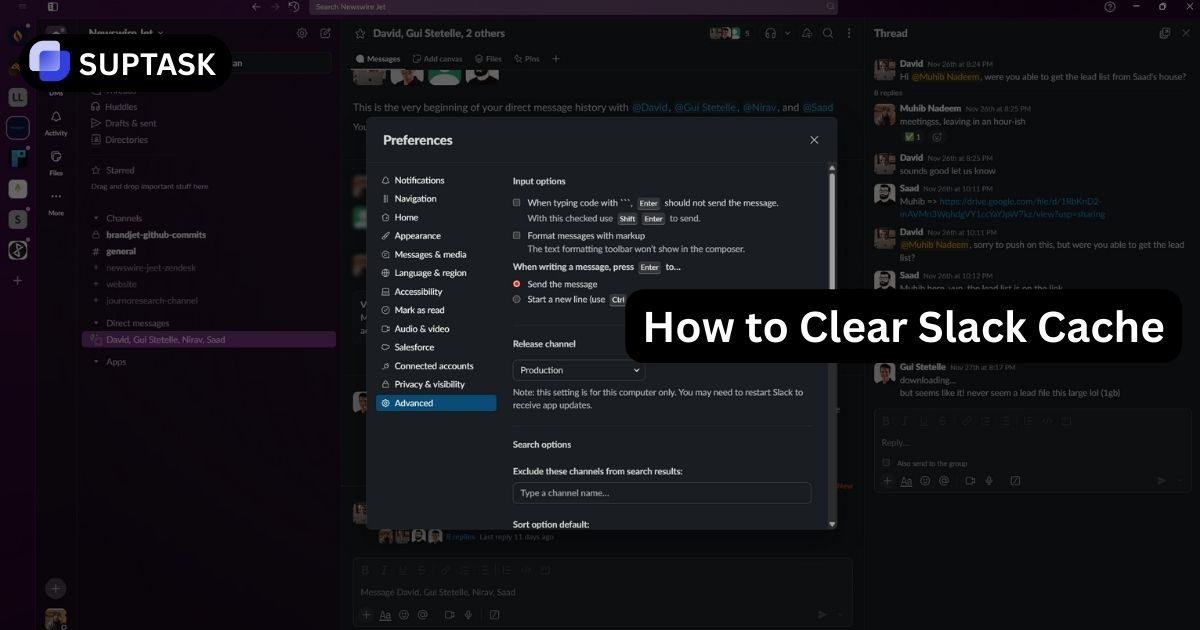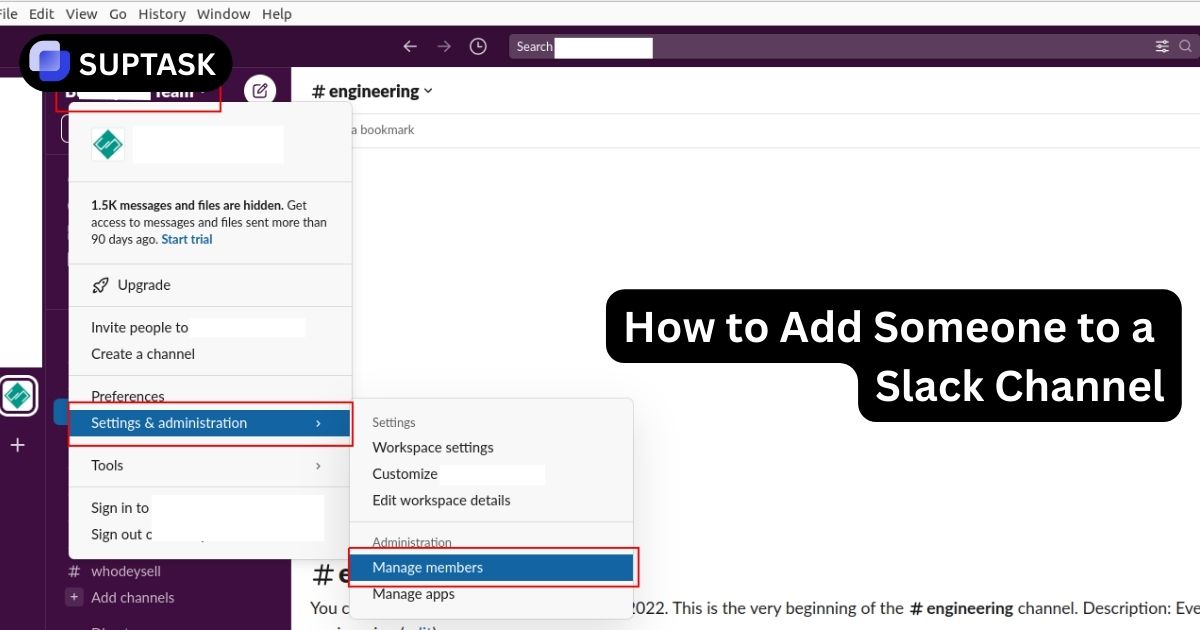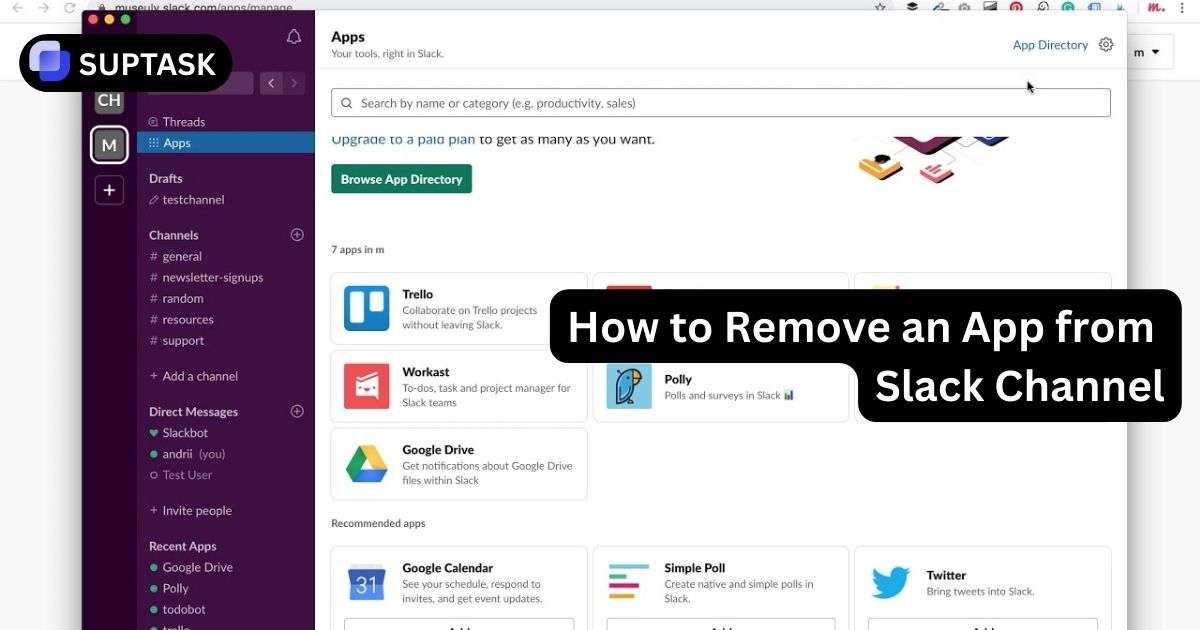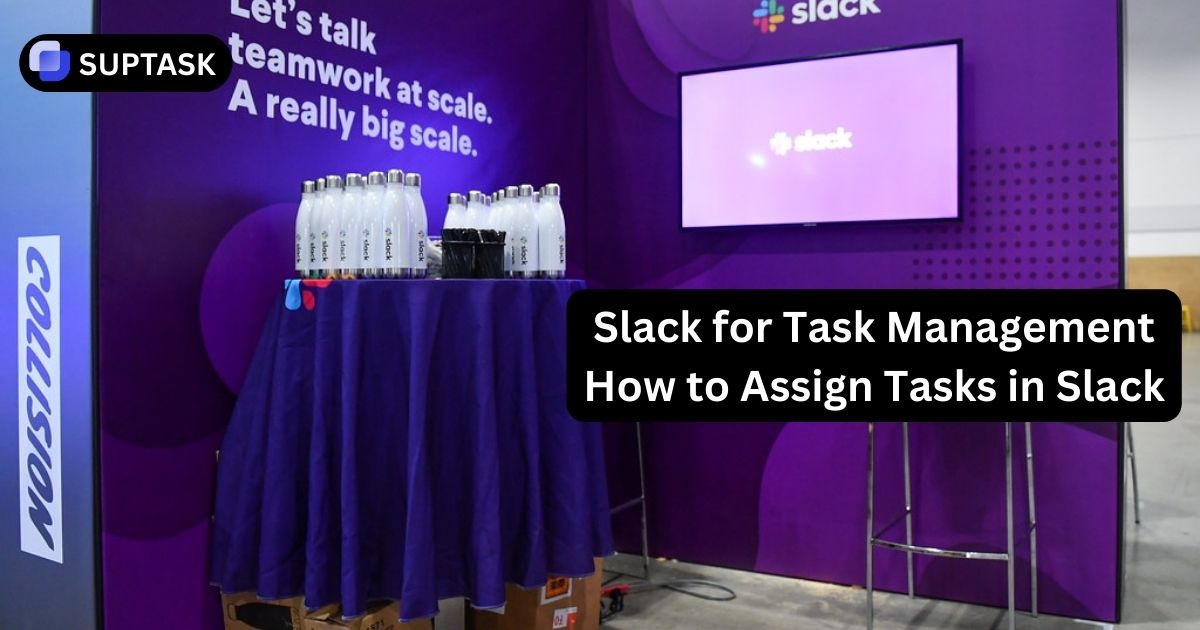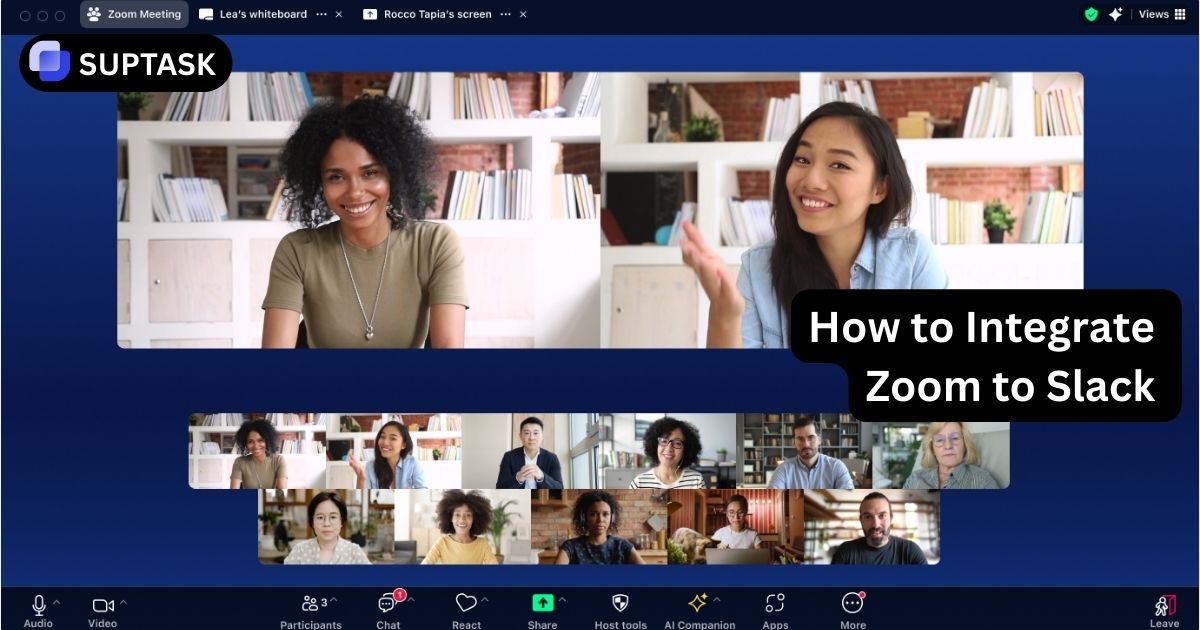Slack's inception date is 2009, but its story goes much further. It's quite a saga from an initial creation for gamers to the go-to communication hub for businesses.
We'll track this tool's transformation from gaming code to a vital work tool here.
Key Takeaways
- Slack's birthplace was within a gaming company. It started as a chat feature for a game called Glitch and has since grown into an acclaimed tool for corporate cohesion.
- This platform isn't just about sending messages. It's developed integrations with multiple business tools, becoming a nerve center for the contemporary workspace.
- There have been considerable investment rounds in Slack. Its market presence has swelled, with a user-friendly design and satisfied customers critical to its growth and profound effect on work environments.
From Virtual Worlds to Workspaces

Unlikely as it may seem, Slack's roots are in online gaming. Tiny Speck, the gaming start-up led by Stewart Butterfield, was developing a multiplayer game, Glitch.
However, due to a decline in players and financial hurdles, the Glitch team devised a communication feature for internal use. This seemingly simple solution morphed into what we now know as Slack, an essential piece in the jigsaw of corporate communication tools.
Slack's rise to fame wasn't a direct path. A bold change was vital, changing the firm's direction. Choosing to leave the original endeavor and use the technology for an internal solution to a common problem was bold but insightful.
As people often say, luck favors the courageous. The brave were gifted with a product that drastically changed their fortunes and shook team communication.
Rooted in Video Games
Slack's tale begins with Glitch, a light-hearted 2D web-based game dreamt up by Stewart Butterfield in 2002. Monetary hurdles pushed its creation back, allowing Ludicorp to work on a side project that later became Flickr's well-known image-sharing site.
When it was feasible, Butterfield's crew returned to the original idea, developing Glitch and setting the stage for Slack.
Glitch was a game centered around teamwork in crafting, collecting, and questing. It had solid multiplayer features and an ever-present game world ahead of its time.
But, due to unsustainable player engagement and financial problems, the focus needed to change. The hurdle was turning a video game's tech foundation into a tool that improved business productivity and boosted team communication.
The Important Change
Transforming Glitch to Slack was a struggle. It demanded a shift in thinking, flexibility, and a vision for the future of team communication.
The crew confronted resistance from workers, dealing with client and partner channels properly, and the formidable task of getting a foothold in a market of existing communication tools.
Slack faced challenges but grew regardless. People liked its simple design and how it helped them work together. Slack's shift from gaming to teamwork tools was critical, laying the groundwork for its future success.
The Beginning of Slack’s Story
After the shift, Slack became a powerful tool for team collaboration. Their focus was on making team communication easier. they succeeded in achieving this with Slack.
They made Slack enjoyable to use. Even repetitive tasks felt like fun. They also included features for sharing messages and files, a state-of-the-art ticketing system, and many integrations. This made Slack a unique halp alternative for enhancing teamwork.
- Learn more about Slack integrations to enhance business work with Suptask. Try the free version.
How Slack's Platform Evolved
.webp)
These days, many teams in the workplace use Slack. It's grown from a simple chat tool into a full digital work hub, crucial for business operations. Slack is now much more than just a chat app—it’s a tool that promotes teamwork and boosts productivity.
Slack’s progress over the years has been marked by constant upgrades and a determined focus on users' needs. Adding features and functions shows the team's dedication to providing a tool that values its users.
Business Communication: Key Aspects
Slack's triumph is rooted in its essential elements: searching, syncing, and quickness. Such features play a huge role in today's business communication. They allow groups to operate better and faster.
The search option in Slack gives companies multiple perks like:
- Safe cooperation with various business partners and suppliers
- Boosts the pace and effectiveness of exchanges
- Brings team discussions and coordination into real-time
- Serves as a platform for direct team collaboration
How Integration Helps Achieve Success
With Slack's growth, its compatibility with other tools also rose. Its ability to connect with different company tools is crucial. Slack is more than a messaging tool by covering the gap between varying software. It is a central hub and a ticketing system directly in Slack.
Slack has made an efficient workspace by integrating with multiple software programs smoothly. It gathers crucial details, simplifies tasks, and boosts productivity. Whether it's customer support and interaction (CRM) tools or project management apps, Slack's integration power reinvented how companies work.



